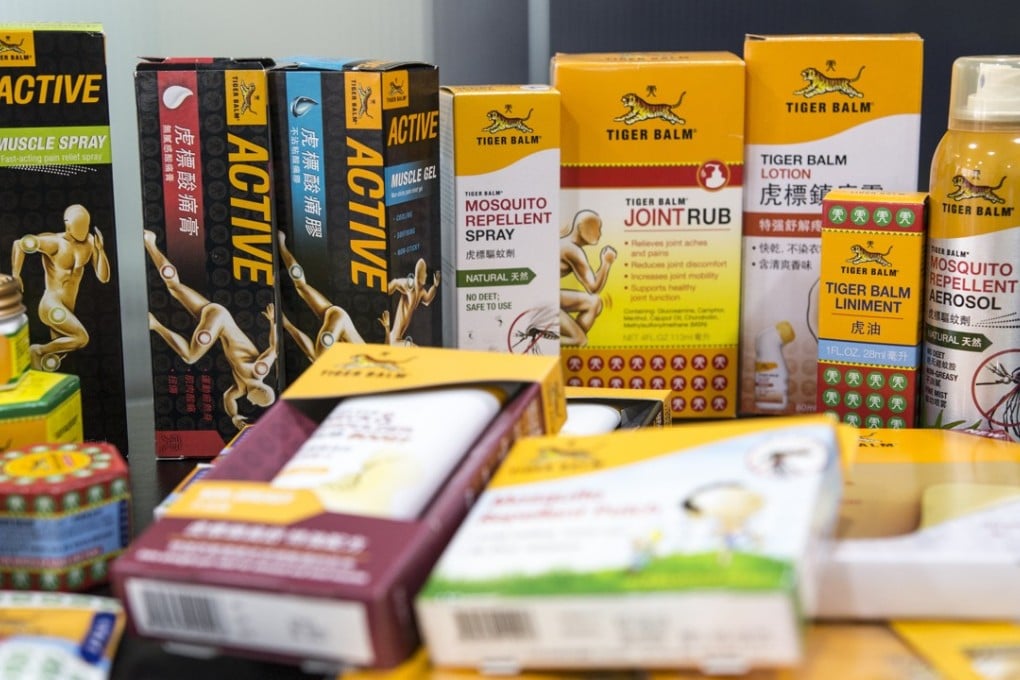Video | The Tiger Balm story: how ointment for every ailment was created, fell out of favour, then found new generation of users
Analgesic balm in a hexagonal jar, launched in Rangoon by the Aw brothers in 1924, was a staple of Chinese families’ medicine cabinets for a generation. Today, Tiger Balm products have fans around the world, including Lady Gaga

You get a strong whiff of it before you see it. Approaching the nondescript factory block in a suburban estate on the edge of Singapore, you are hit by the invigorating aroma of menthol and camphor. Your sinuses clear, your eyes tingle.
“Nobody who works here has to worry about getting sick,” Han Ah Kuan jokes as he stands outside the entrance to the factory.
Han is executive director of the Haw Par Corporation, the company responsible for that powerful aroma. He has tousled white hair, an easy-going demeanour, and little hexagonal jars of Tiger Balm in his home, office and car. For nearly a century, people around Asia and farther afield have been using his company’s product to relieve muscle aches, cold symptoms, headaches and more.
Made in Hong Kong: the story of Po Chai Pills, ‘cure all’ medicine Chinese families have relied on for over 60 years
Former Hong Kong resident Andrea Tam remembers how her grandmother kept a tiny red tin of the balm in one of her undershirt pockets. “She literally used it for everything – any type of cuts and aches,” she says.
British-born journalist Vicky Wong has a similar story. “[It] reminds me of my nan,” she says. “No matter what the ailment – sore throat, cold, nosebleeds, mosquito bites – she would just put Tiger Balm on you.”
Han has refused to let Tiger Balm recede into the shadows of nostalgia since he joined the company more than 25 years ago. He wants it to be seen as indispensable by everyone from athletes to Snapchatting teenagers.
“Today, I would say our consumer demographic ranges [across] all ages and classes, male and female,” he says. “That means we’re able to produce products for different users in different generations.”